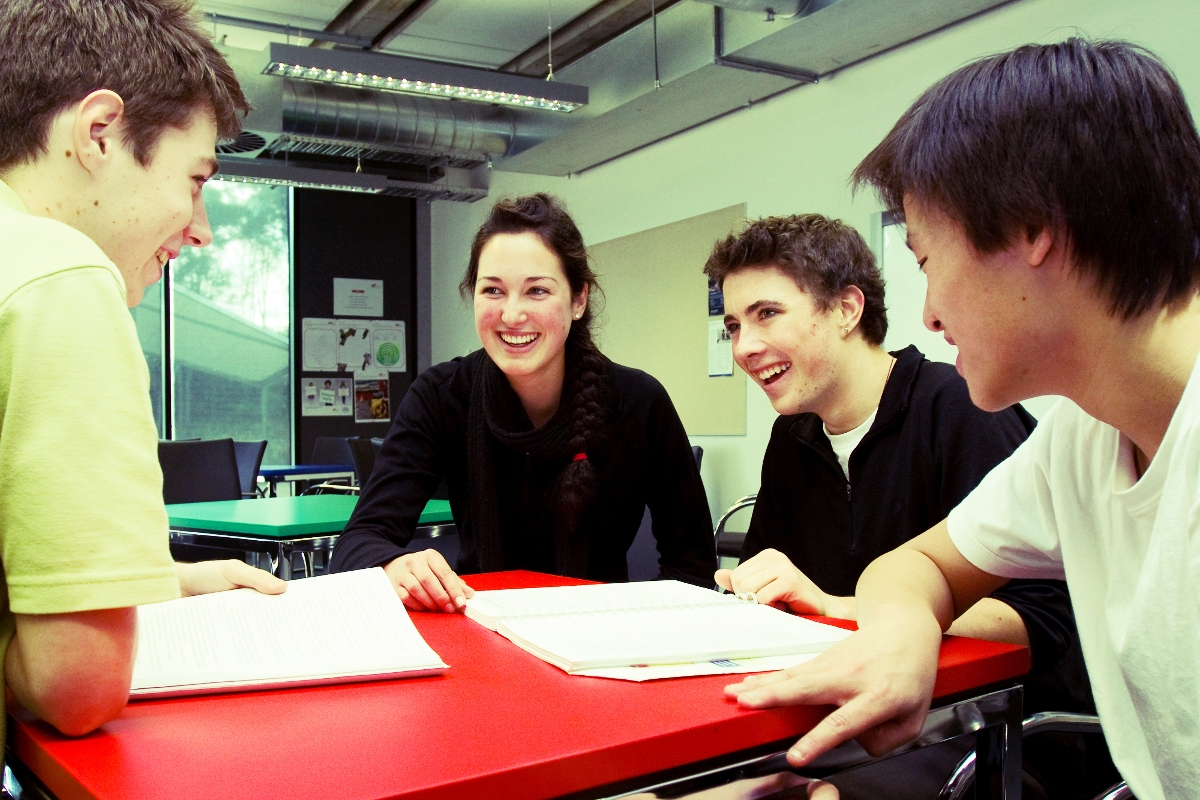By Carmelo Cattafi Bambaci
ccattafi@itesm.mx
We often compare the different generations of students and wonder whether, as teachers, we can truly innovate to keep up with those born in the year 2000, whose lives revolve around technology.
Based on this premise, a group of professors created an educational innovation model that helps teachers to facilitate student learning through the development of creativity in how, when and where learning is generated, integrating challenging, interactive experiences by means of activities included in their teaching practice.
data-animation-override>
“Teachers can discover and drive student’s talents, cultivate their artistic sensibility and intuition, using art as the trigger in the flexibilization of creative thinking.”
The aim of the project “Teach with Passion, Learn with Imagination” is for teachers to achieve personal change through self-knowledge, artistic sensitization and balance between the brain hemispheres, in order to strengthen their creative thinking and impact their academic work. This allows teachers to discover and drive their talents, cultivate artistic sensibility and intuition, using art as the trigger in the flexibilization of creative thinking.
We produced an interdisciplinary workshop (thought and word, mind and body, music, visual arts) in which teachers, through practical and experiential activities, activate their imagination, recognize their creative and innovative thinking talents, and develop resources that they will subsequently transfer to their teaching practice. They design of challenging learning experiences that encourage students to use their creativity to solve tasks and projects.
The use of traditional methods has overburdened, exhausted and put pressure on teachers. Therefore, the contribution of this project focuses on teachers so they can embrace their innovative, creative work, and view themselves as transforming leaders in their teaching practice, establishing new teaching-learning spaces. Implementing learning activities through our imagination and measuring the impact on students of the use of creative activities allows us to improve what we are doing right now.
data-animation-override>
“Implementing learning activities through our imagination and measuring the impact on students of the use of creative activities allows us to improve what we are doing right now.”
To fulfill this objective, a meeting was organized for eight teachers from different areas, but with a common goal, convinced that creativity improves the performance of teachers who redesign their activities to enable students to learn in a more dynamic manner. The aim was to improve the performance of students who were introduced to the subjects through didactic methods that had been modified by the teacher according to the passions observed outside the classroom. Activities were designed to stimulate creativity through the senses, linking the course content to the discovery or affirmation of each student’s talent.
One professor developed the activity “learn through poetry” in which students had to interpret a poem in light of the curricular content of the course. At the end of the activity, students found it much easier to understand international relations by analyzing them from diverse facets. Another activity consisted of interpreting a topic from the course curriculum by creating a poem, song, story, educational video or picture. On completing the activity, students showed that they had assimilated concepts that they often find difficult and, more importantly, they did so delighting in their talent.
From the perspective of some professors, the project’s limitations could lie in the resistance to change. Several hours of training are required and sometimes teachers simply don’t have that much spare time. A fear of criticism exists because some activities are far removed from traditional classes. Nevertheless, students seem to learn more through an activity that links the content with a poem or a song. Moreover, measuring the impact on teachers and students has not been easy since the teacher evaluation instrument has changed over the past few years, making it difficult to find a cause-effect relationship between student performance and the implementation of the activity, since there are different groups every semester.
Can students learn more dynamically? Can their grades improve and can they attend class with more enthusiasm, motivated by a teacher who uses emotions to awaken their interest in the course?
The development of the artistic dimension is being taken into account so educators can discover, within their area of specialization, their talent for creating new ways of teaching students to resolve tasks and projects through the design of challenging experiences.
This project helps educators to generate diverse innovative and creative learning environments to motivate students. If, like me, you are a teacher who wants to have an impact on your students, I would like to invite you to imagine and design new classroom activities to create significant, experiential learning.
Participate in our workshops. We will develop the best practices to implement innovative activities in the classroom using painting, poetry, music, dance, meditation, sculpture, photography or applied drama. Thanks to artistic sensitization and creativity, teachers will transform their work.
About the author:
Carmelo Cattafi Bambaci is an Associate Research Professor and Director of the Political Science and International Relations Degree Programs of Tecnológico de Monterrey, Campus Monterrey. He is also a facilitator of the Local Technical Secretariat of the State of Nuevo León.
This article from Observatory of the Institute for the Future of Education may be shared under the terms of the license CC BY-NC-SA 4.0 
)
)


)